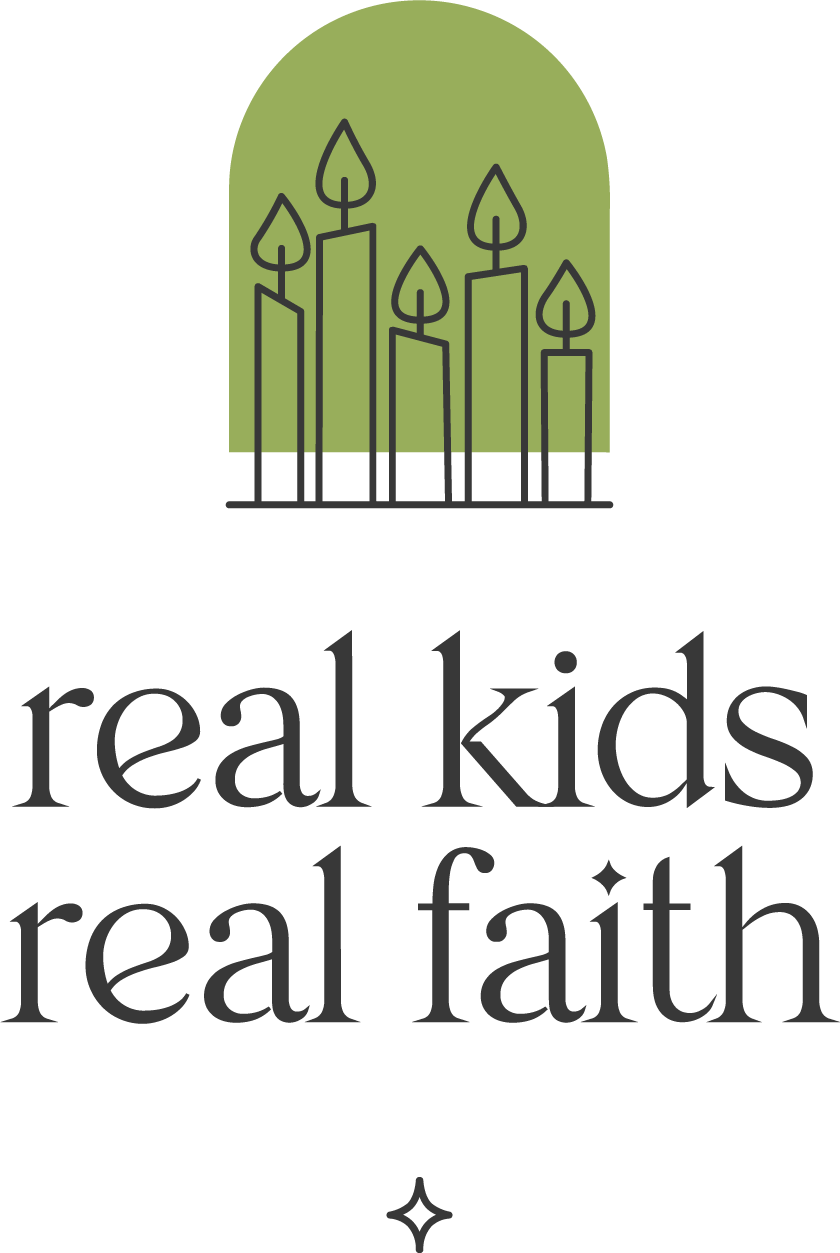Every June 19th, the U.S. celebrates Juneteenth. It’s a national holiday commemorating the ending of slavery as a legal practice. Its roots trace back to a speech given by Maj. Gen. Gordon Granger in Galveston, Texas on June 19, 1865. He declared that all enslaved people in Texas were freed from that day forward. It also goes by the names ‘Freedom Day’ and ‘Emancipation Day’.
Celebrate Juneteenth this year by using one or more of these activities to explore the meaning of ‘freedom’ with children.
Freedom flavors. Alliah Agostini, author of The Juneteenth Cookbook, suggests using food to help children experience the bitterness of slavery and the contrasting sweetness of freedom. She has created a kale salad with strawberries and blackberries, representing the green, red, and black colors of African American liberation (recipe link below). Make the salad as part of a family cookout or community potluck. You might also invite children to create their own dishes that combine bitter and sweet ingredients in freedom colors.
Freedom books. Each year, the Smithsonian’s National Museum of African American History and Culture curates a Juneteenth reading list for children (link below). It includes books about the holiday, as well as black history and black pride in general. Pick a book from the list and read it together. Talk about the ways that the book’s characters celebrate who they are and work to make sure everyone is free to do the same.
Freedom festivals. Lots of communities hold events to celebrate the day. Participate in a local festival or design your own. Put up black, red, and green streamers or decorate your door with signs reading ‘Freedom!’ Take turns creating freedom chants (e.g., “Freedom is for everyone!”, “Freedom rocks!”, “Protect freedom for all!”) and shout them as loudly as you can. Recruit friends and neighbors to participate as well.
Freedom flags. There are two flags associated with the celebration of Juneteenth. One uses red, white, and blue with a five-point star in the middle and a larger, 12-point star around it. The colors represent the U.S., with the smaller star standing for Texas (where the Juneteenth proclamation occurred) and the larger star symbolizing the spread of freedom. The other is the red, black, and green-striped African Liberation Flag. Its colors represent struggle (red), natural resources (green), and the people/descendents of Africa (black). Draw and color replicas of one or both of these flags to hang in a window. Then talk about what colors and shapes represent your ideas of freedom and design your own family or group freedom flag, using markers, paints, or collage (link below). Hang your flag beside the other(s).
Related Resources
- Talk to kids about Juneteenth, and let food guide the conversation - The Washington Post
- Strawberry and Kale Salad With Blackberry Dressing Recipe - The Washington Post
- The Juneteenth Cookbook | Cavalier House Books
- 2024 Juneteenth Reading List | National Museum of African American History and Culture
- Juneteenth for kids: A guide for parents
- Make a flag for Juneteenth
- Celebrating Juneteenth with Young Children | RKRF

Comments